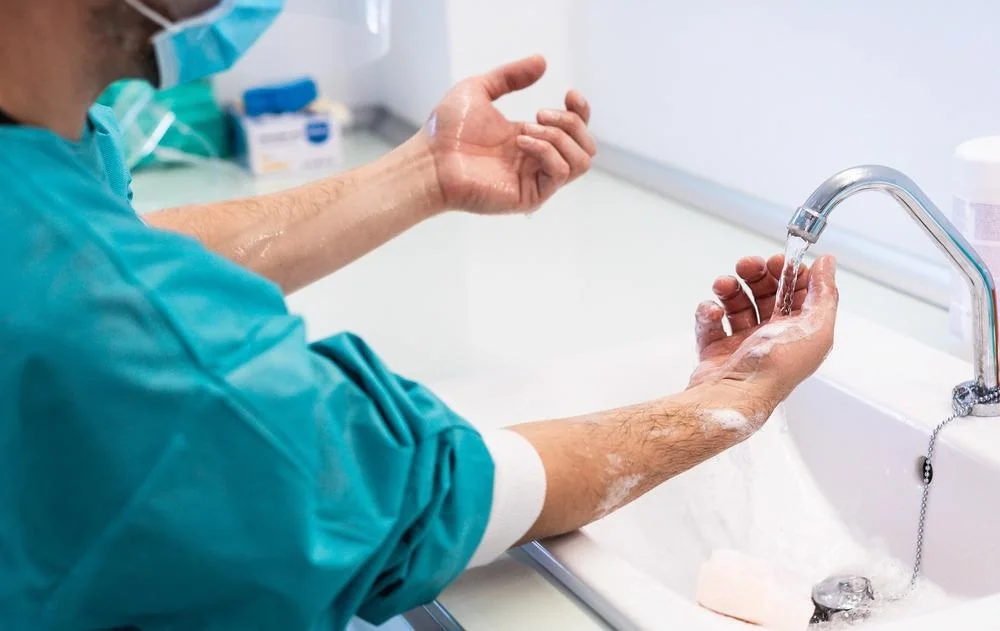Hand hygiene stands as the most effective method to prevent infection transmission. Throughout the day, we come into contact with various surfaces like doorknobs, stair rails, and phones. In healthcare settings, direct contact with residents and staff is common.
Unconsciously, we also touch our faces, making it easy to contract pathogens from touched surfaces and further spread them. By practicing proper hand hygiene, we eliminate these pathogens from our hands, effectively breaking the chain of infection.
In the current context, hand hygiene has gained paramount importance due to the emergence of the fungal pathogen Candida auris (C. auris).
This pathogen is causing concerns as it spreads in U.S. healthcare facilities and has the potential to reach Canadian facilities as well. C. auris can reside in a patient’s body without any symptoms before causing illness. Individuals with a higher risk of contracting C. auris include those who are already sick, have underlying medical conditions, compromised immune systems, prolonged stays in healthcare facilities, or prior use of antibiotics or antifungal medications.
Many of these risk factors are applicable to residents of long-term care facilities, necessitating close monitoring for C. auris symptoms and prompt testing if any symptoms arise.
The most effective measures to prevent infection in these cases include practicing hand hygiene, utilizing appropriate personal protective equipment (PPE), and employing surface disinfectants during patient care.
Ensuring proper training and prioritization of hand hygiene among staff in facilities requires a comprehensive approach. It should commence from day one for new employees during the onboarding process.
Managers should provide a thorough walkthrough of hand hygiene protocols and observe new employees demonstrating the process in real-time to ensure adherence.
This training should be reiterated annually. Utilizing a facility-approved skills checklist for return demonstrations of hand hygiene is recommended. Additionally, maintaining a log of trainings and demonstrations is essential for tracking and accountability purposes.
Managers can consistently reinforce the importance of hand hygiene by conducting regular or monthly infection control updates, incorporating it into staff meetings, including it in beginning-of-shift rounds, and addressing it promptly when healthcare-associated infections (HAIs) arise.
Moreover, advancements in technology are enabling our industry to explore innovative approaches for training and retraining in hand hygiene. One particularly promising development is the emergence of virtual reality (VR) hand hygiene education.
This method not only offers staff the convenience and freedom to undergo training at their own convenience but also provides real-time feedback.
VR training is interactive and immersive, enhancing user engagement and retention of patient care scenarios, thus improving their ability to recall when hand hygiene should be performed.
Source : hospitalnews.com








Komentar